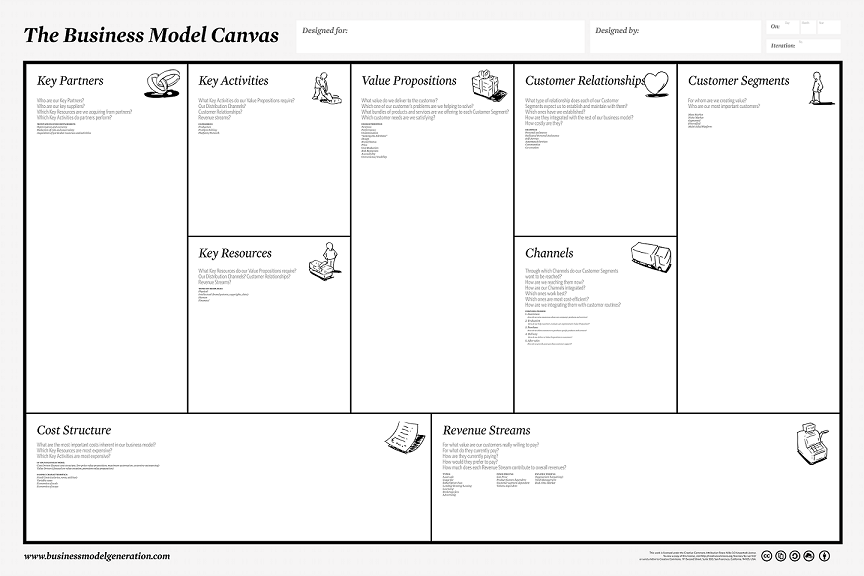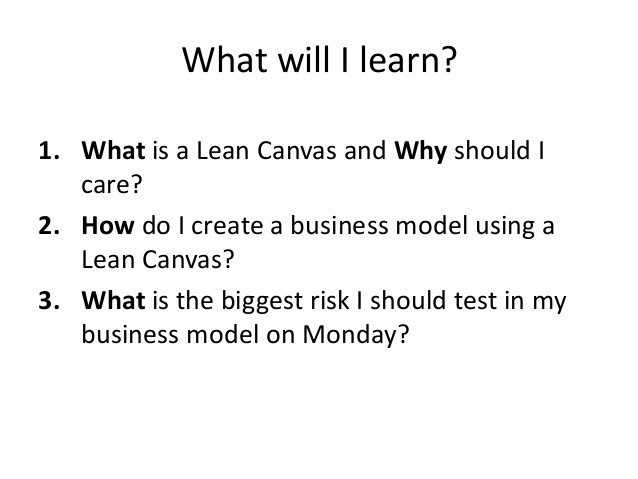Defining Your Business Model For Dummies
Post on: 13 Май, 2015 No Comment

A business model isn’t something you build from the ground up. When management-types ask about a business model as in, So what’s your business model? they really want an answer to a much more direct and basic question: How do you plan to make money?
Behind that question is a lineup of other questions:
- Who’s your target customer?
- What customer problem or challenge do you solve?
- What value do you deliver?
- How will you reach, acquire, and keep customers?
- How will you define and differentiate your offering?
- How will you generate revenue?
- What’s your cost structure?

- What’s your profit margin?
During the 1990s, when the business world was buzzing with talk about a new economy and new business rules, people even business gurus seemed to forget the part about making money, and businesspeople sidelined the use of business models. But when the dot-com boom began to bust, suddenly everybody started asking about business models again.
Staying in the black
Sooner rather than later in the business-planning process, you need to invest a good chunk of time delving into the nitty-gritty details of your company’s finances your income statements, balance sheets, cash flow, budgeting, and all the details that can make or break your company’s future. At this point, however, your assignment is way more basic: Figure out where the money will come from. Who will pay? How much? How often? And what portion of every sale will make its way to your bottom line in the form of here’s the magic word profit.
Following are terms that you hear on your journey to profitability:
- In the black: If your revenues exceed your costs, you’re in the black.
- Red ink: If you’re not in the black, your company is losing money, which means that you could be drowning in red ink.
- Fixed costs: Your business will have plenty of costs from renting an office and buying equipment to paying salaries and buying supplies. Some of these costs office rental or salaries, for example don’t change often and must be paid on a regular basis, no matter how good (or bad) your company is looking. These are fixed costs or overhead .
- Variable costs: Other costs, called variable costs, fluctuate with your sales volume. They include the materials that go into producing your product or service.
To keep out of the red ink, you need enough money coming in to cover all your costs. But to break into the black, you need to price your goods and services to cover your costs plus a little (or more than a little) for your bottom line. That’s called profit. Don’t leave your business plan without it!
Timing your future
How you expect to make money is one part of your business model, but when you expect the money to roll in is another important factor. Some companies run up costs and spend cash months (even years) before a revenue stream begins to flow. For that reason, your business model must include a timeline that takes the following into account:
- The upfront costs you expect to incur when setting up your business
- The source of funds to pay for your upfront costs
- A schedule showing when you expect revenues to pour in
The question of timing isn’t only for big companies with factories to build and products to design. Timing can have a real impact on businesses of any size.
Knowing how customers pay
An effective business model also takes into account how customers pay. When customers buy a product or service, they typically have a number of payment options. The most common choices include paying in one lump sum or spreading the purchase price over monthly installments. In some businesses, customers also have the choice to pay as they go or to prepay for unlimited use of a product or service. Other times, a company invites customers to buy or to rent, to finance their purchases, or to lease products instead of purchasing them.
Each option has financial consequences that affect your business model. As you establish the purchasing options you plan to offer customers, consider how each selection will affect your revenue picture.
Creating a business model that works
Some business models are as old as the marketplace itself; others are as new as the Internet. Some have weathered the test of time; others are almost experimental.
The simplest model involves creating a product and selling it directly to customers. Other models involve selling wholesale to retailers, selling through distributors, licensing products to other companies, selling online, selling through auctions, and countless other alternatives. No one-size-fits-all solution exists. In fact, most companies use some combination of business models to arrive at a unique model.
- Add a Comment Print Share














